Eva Von Weltin
Optimizing Channel Selection for Seizure Detection
Jan 03, 2018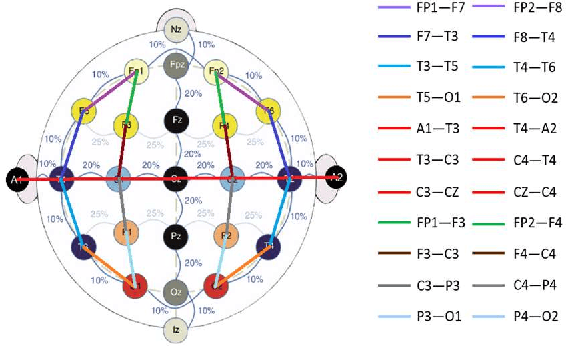
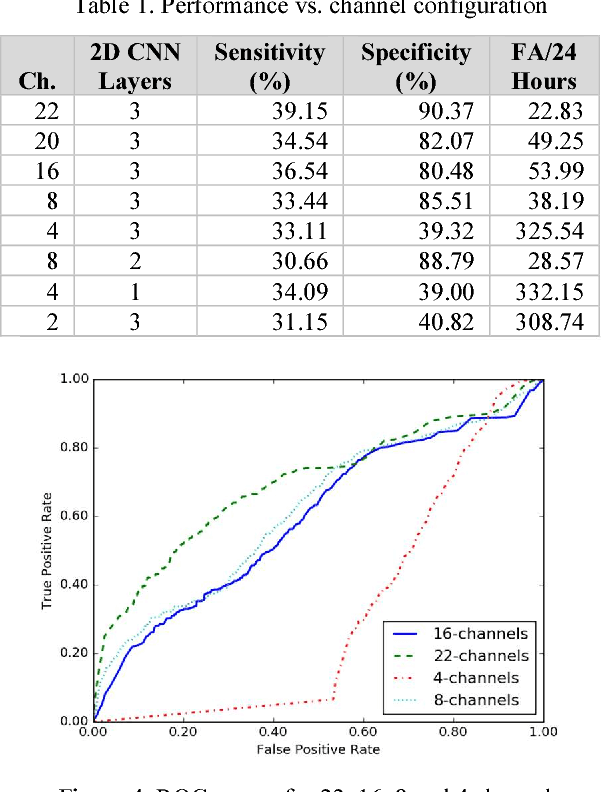
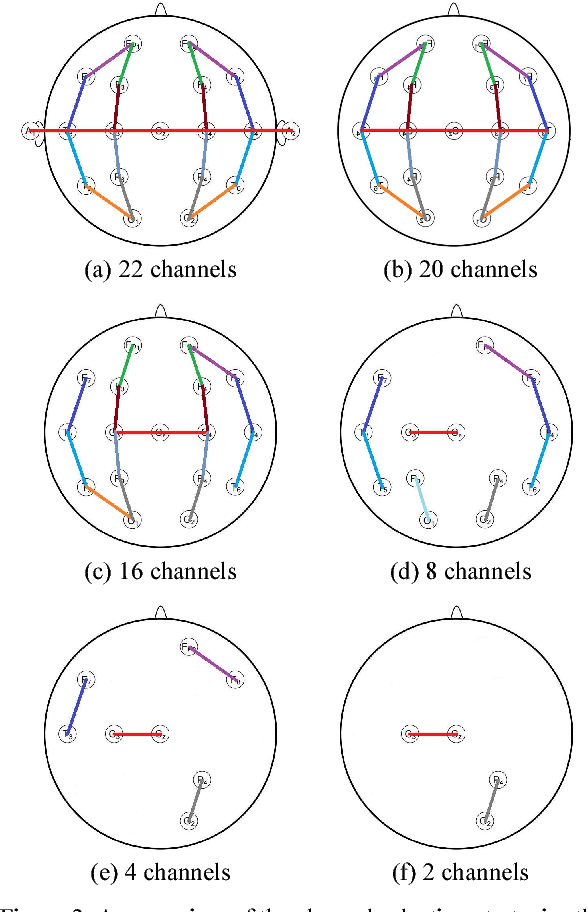
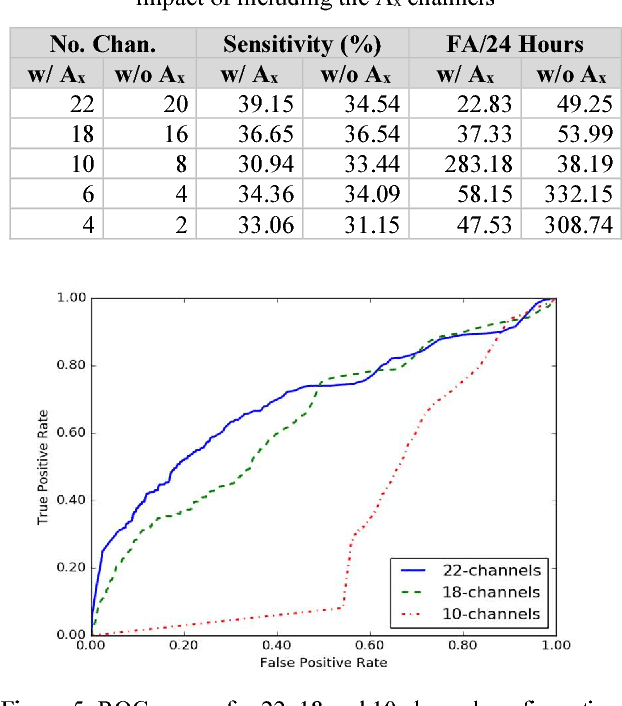
Abstract:Interpretation of electroencephalogram (EEG) signals can be complicated by obfuscating artifacts. Artifact detection plays an important role in the observation and analysis of EEG signals. Spatial information contained in the placement of the electrodes can be exploited to accurately detect artifacts. However, when fewer electrodes are used, less spatial information is available, making it harder to detect artifacts. In this study, we investigate the performance of a deep learning algorithm, CNN-LSTM, on several channel configurations. Each configuration was designed to minimize the amount of spatial information lost compared to a standard 22-channel EEG. Systems using a reduced number of channels ranging from 8 to 20 achieved sensitivities between 33% and 37% with false alarms in the range of [38, 50] per 24 hours. False alarms increased dramatically (e.g., over 300 per 24 hours) when the number of channels was further reduced. Baseline performance of a system that used all 22 channels was 39% sensitivity with 23 false alarms. Since the 22-channel system was the only system that included referential channels, the rapid increase in the false alarm rate as the number of channels was reduced underscores the importance of retaining referential channels for artifact reduction. This cautionary result is important because one of the biggest differences between various types of EEGs administered is the type of referential channel used.
Gated Recurrent Networks for Seizure Detection
Jan 03, 2018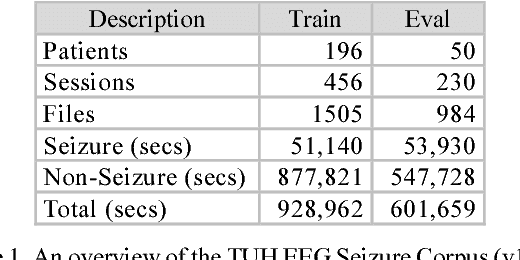

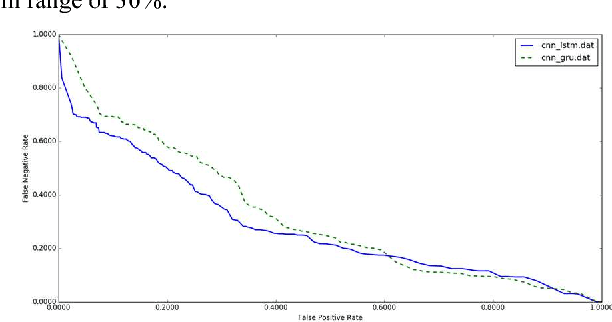
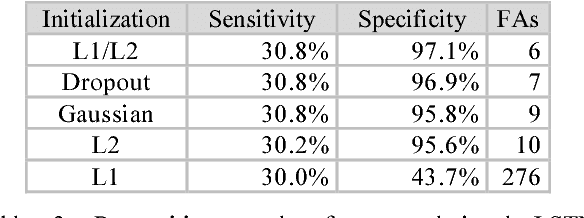
Abstract:Recurrent Neural Networks (RNNs) with sophisticated units that implement a gating mechanism have emerged as powerful technique for modeling sequential signals such as speech or electroencephalography (EEG). The latter is the focus on this paper. A significant big data resource, known as the TUH EEG Corpus (TUEEG), has recently become available for EEG research, creating a unique opportunity to evaluate these recurrent units on the task of seizure detection. In this study, we compare two types of recurrent units: long short-term memory units (LSTM) and gated recurrent units (GRU). These are evaluated using a state of the art hybrid architecture that integrates Convolutional Neural Networks (CNNs) with RNNs. We also investigate a variety of initialization methods and show that initialization is crucial since poorly initialized networks cannot be trained. Furthermore, we explore regularization of these convolutional gated recurrent networks to address the problem of overfitting. Our experiments revealed that convolutional LSTM networks can achieve significantly better performance than convolutional GRU networks. The convolutional LSTM architecture with proper initialization and regularization delivers 30% sensitivity at 6 false alarms per 24 hours.
 Add to Chrome
Add to Chrome Add to Firefox
Add to Firefox Add to Edge
Add to Edge